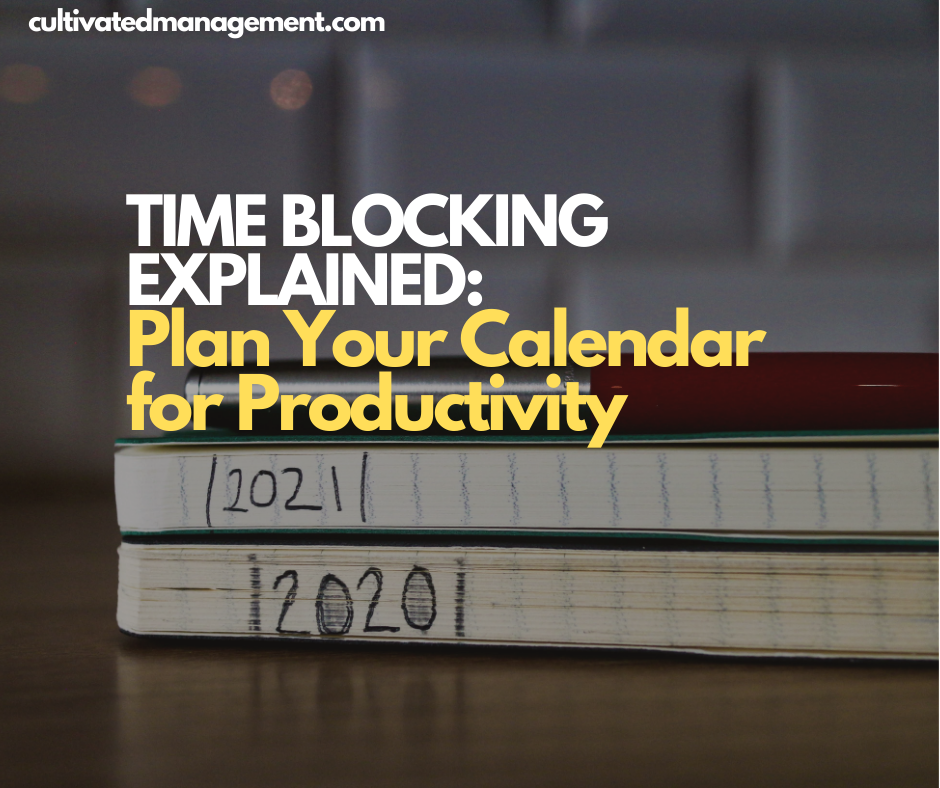
Time blocking is one of the simplest and most useful productivity techniques I’ve ever used. It helps me get things done, stay focused, and protect time for the things that really matter in life.
But here’s the truth: time doesn’t like to be “managed,” and calendars don’t understand your energy or attention. That’s why time blocking is powerful—but not perfect.
In this article (and video/podcast), I’ll share how I use time blocking, the benefits I’ve experienced, and the challenges you’ll want to watch out for.
What Is Time Blocking?
In a nutshell, time blocking is about scheduling everything you’ve got going on into a calendar. Work, meetings, personal life, family time, even downtime—it all gets a block.
I resisted this idea for years because I once worked under a tyrannical boss who ran his days like this. It left me scarred. But when I revisited the method on my own terms, I realised it could be a game-changer.
The Benefits of Time Blocking
1. It forces prioritisation
When you put everything in your calendar, you instantly see the limits of your time. Not everything fits. That forces the uncomfortable—but necessary—questions:
- What must I drop?
- What can move?
- What is non-negotiable?
(Pro tip: always include leisure, family, travel, and downtime. Don’t sacrifice these pillars for “just one more meeting.” Family first.)
2. It helps you say “no”
A packed calendar becomes your best defence against pointless meetings and other people’s agendas. You can honestly say, “Sorry, I already have something scheduled.”
And remember—schedule your work too. That report to write? Block it. That code to deploy? Block it. Otherwise, someone else will happily steal that time with another meeting.
3. It gives you visibility
A calendar full of your commitments is visual, simple, and clear. You instantly see where your time is going, spot patterns, and notice when you’re overcommitting.
As the saying goes:
“Show me someone’s calendar and I’ll show you their priorities.”
4. It can be customised
Use recurring events for habits, separate calendars for work vs. life, or colour coding for clarity. You can even print your weekly plan for a more tactile approach (I love scribbling notes and ticking things off).
The Challenges of Time Blocking
Of course, it’s not all smooth sailing. Here are the pitfalls I’ve bumped into.
1. Time isn’t energy and attention
Calendars show time, not energy. Some tasks give you energy, others drain it. Pay attention to your natural energy rhythms and schedule wisely. Don’t cram your days with tasks you can’t realistically complete.
2. Underestimating tasks
We’re usually too optimistic about how long things take. Add slack time. Avoid context switching where possible. Protect your flow state.
3. Neglecting your personal life
It’s easy to fill every block with “productive” tasks and leave nothing for family, rest, or play. That’s a fast track to burnout. Always start with your Pillars of Life (family, health, leisure) and fit work around them.
4. Endless calendar admin
If you spend all day moving blocks around, you’re missing the point. Be flexible when urgent things arise, but don’t let rescheduling become your full-time job.
5. Assuming every week is the same
Recurring blocks are useful, but life isn’t identical week to week. I plan my week every Sunday evening, shifting recurring blocks around and filling gaps with new activities. Find a rhythm that works for you.
Final Thoughts
Time blocking won’t solve everything. It’s a guide, not a guarantee. But if you use it wisely—balancing priorities, protecting your energy, and keeping family and life at the centre—it can transform the way you work and live.
So, schedule everything: work, thinking, relaxing, family, meditation, exercise. Then notice the patterns, cut the waste, and use your calendar as a reflection of your true priorities.
That’s how I use time blocking. How about you?
